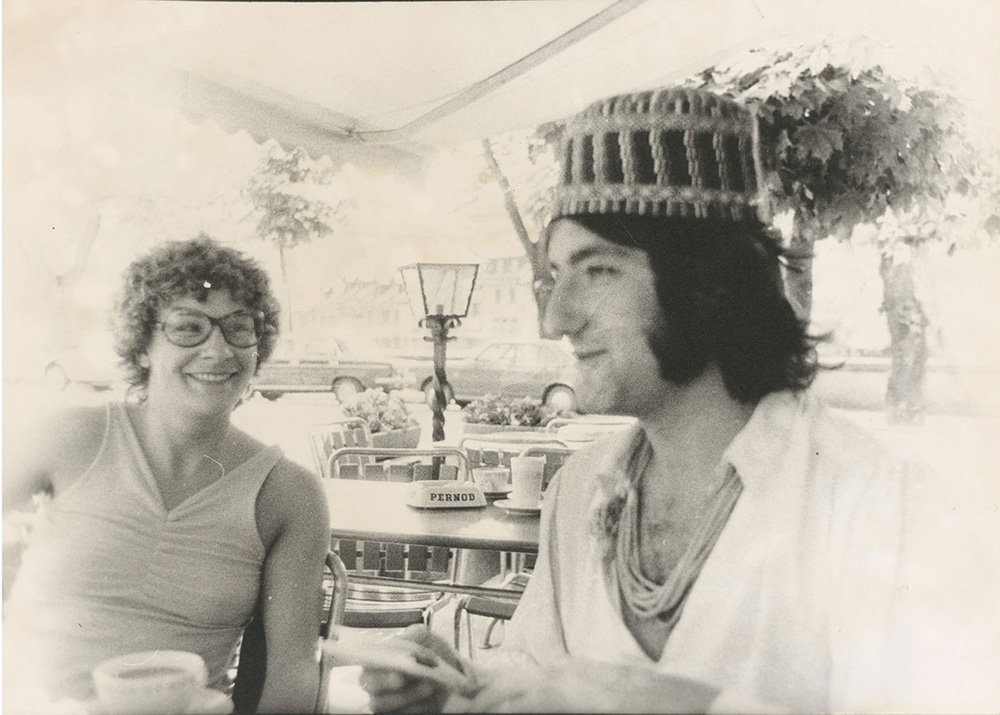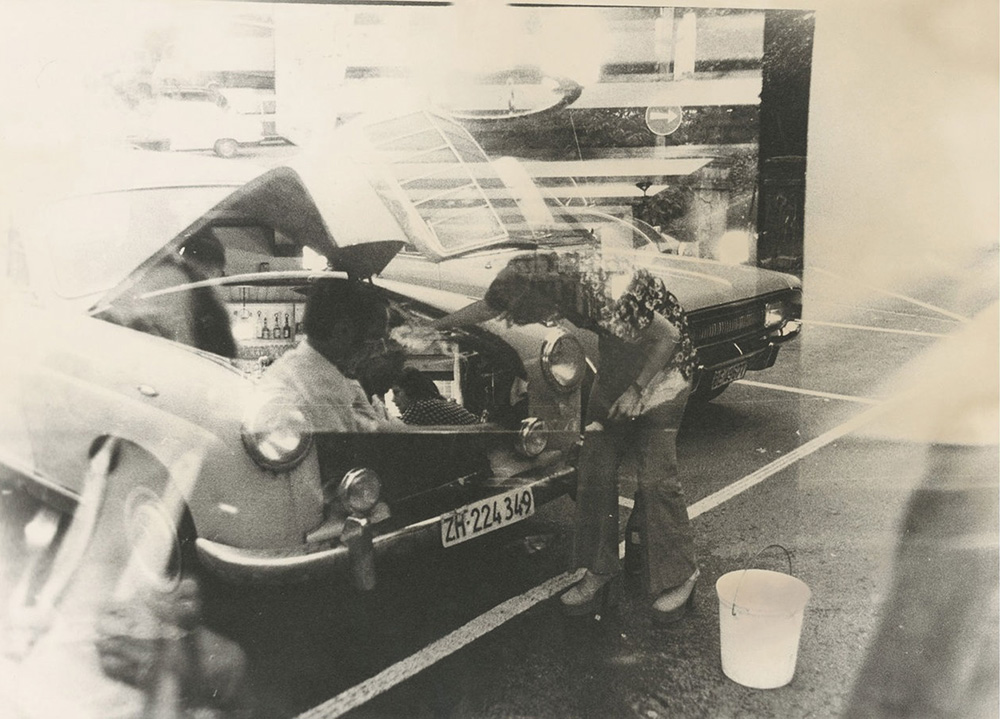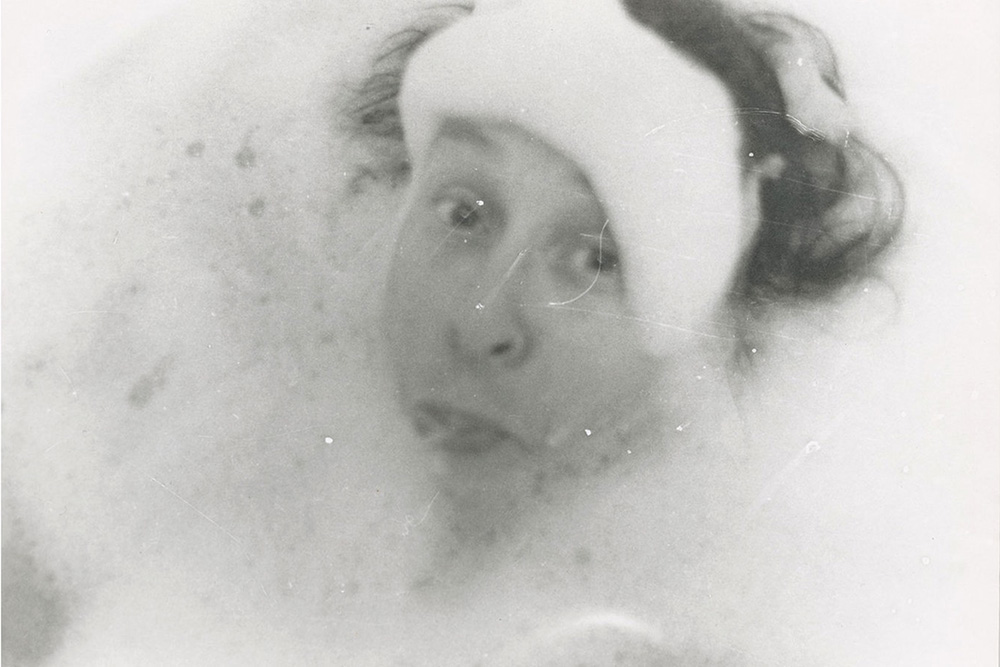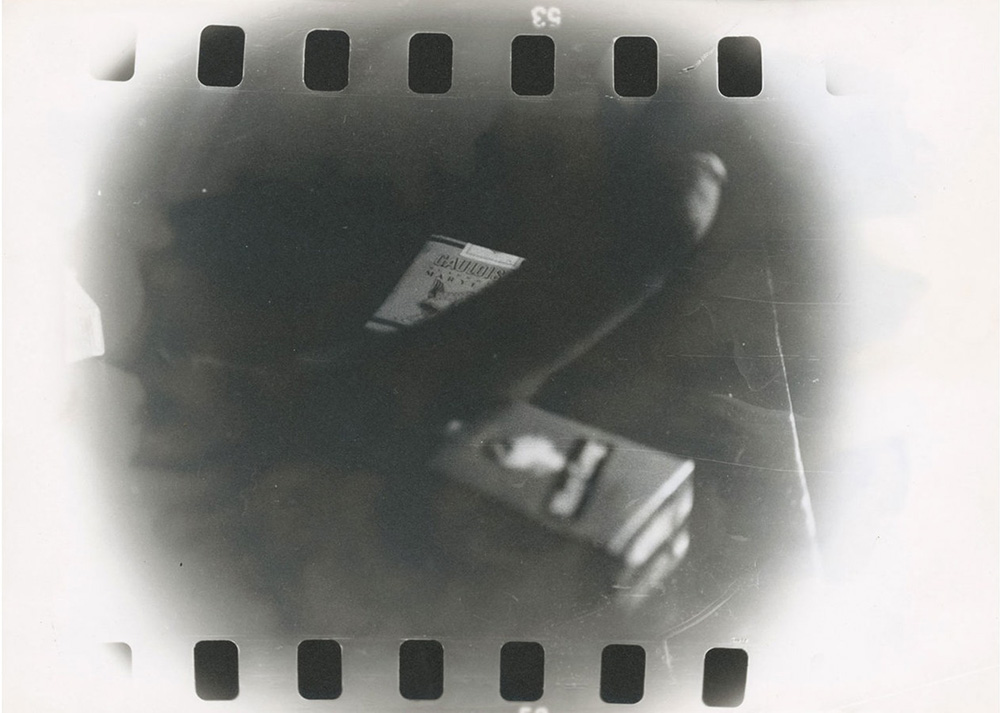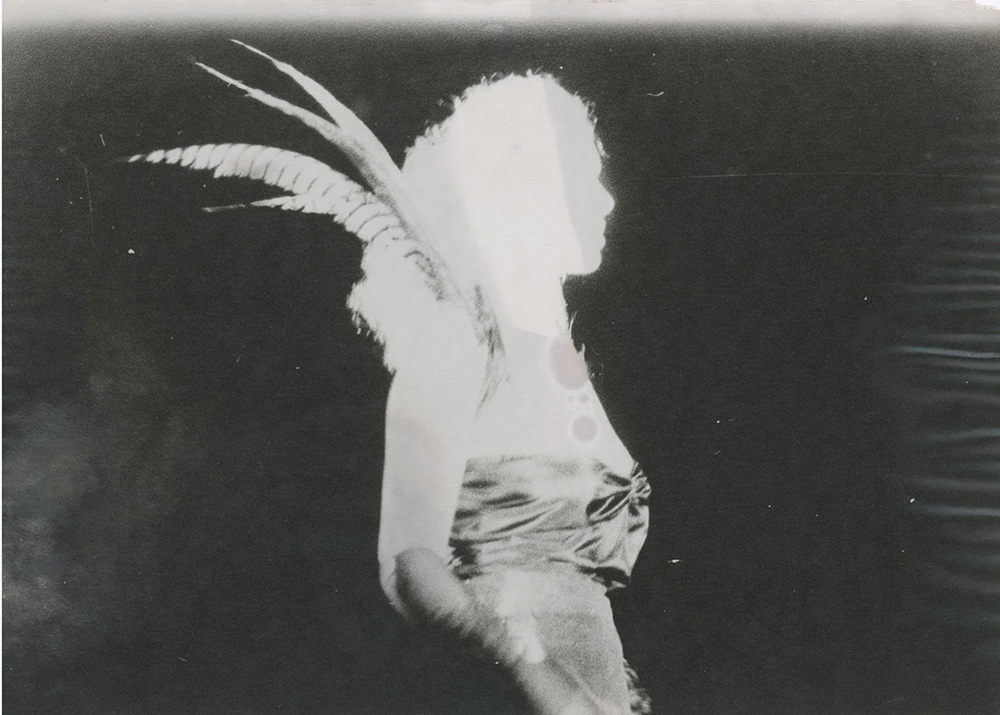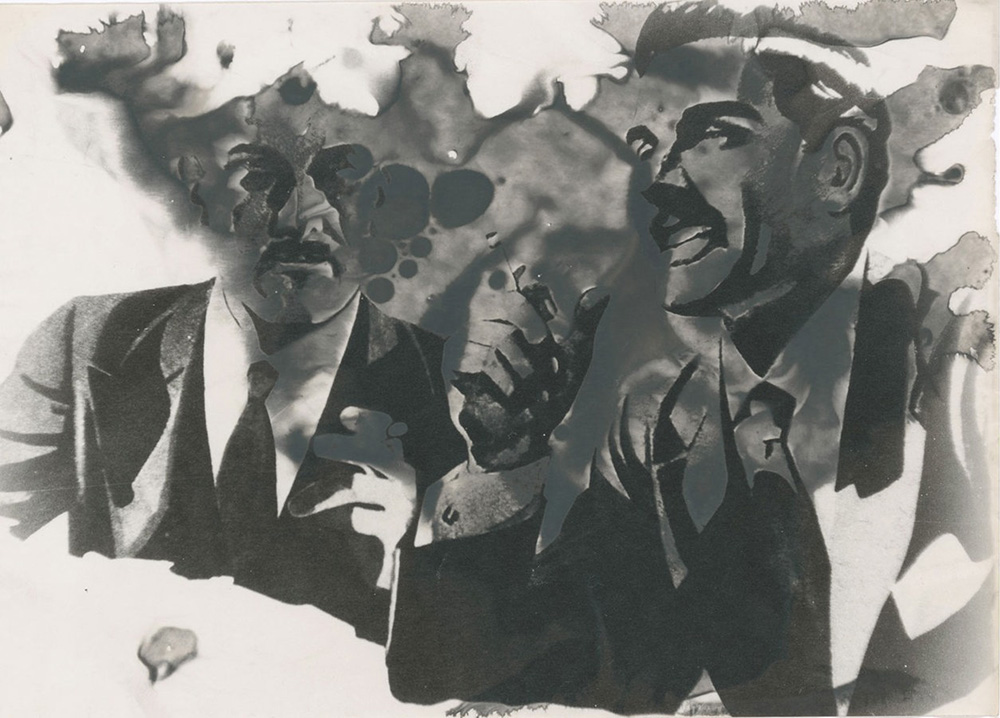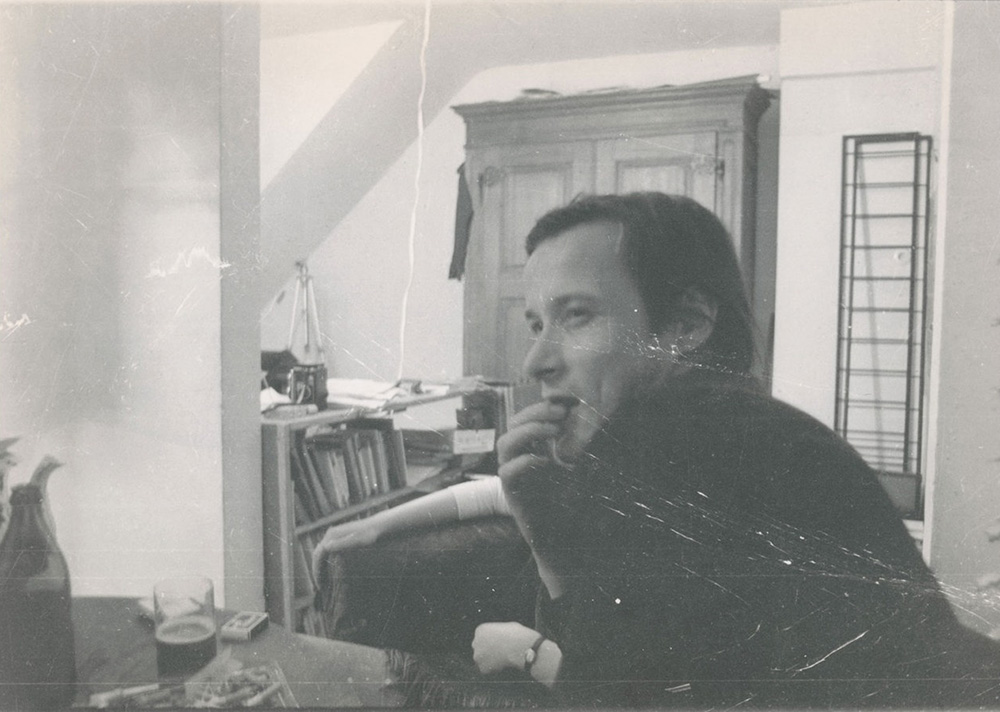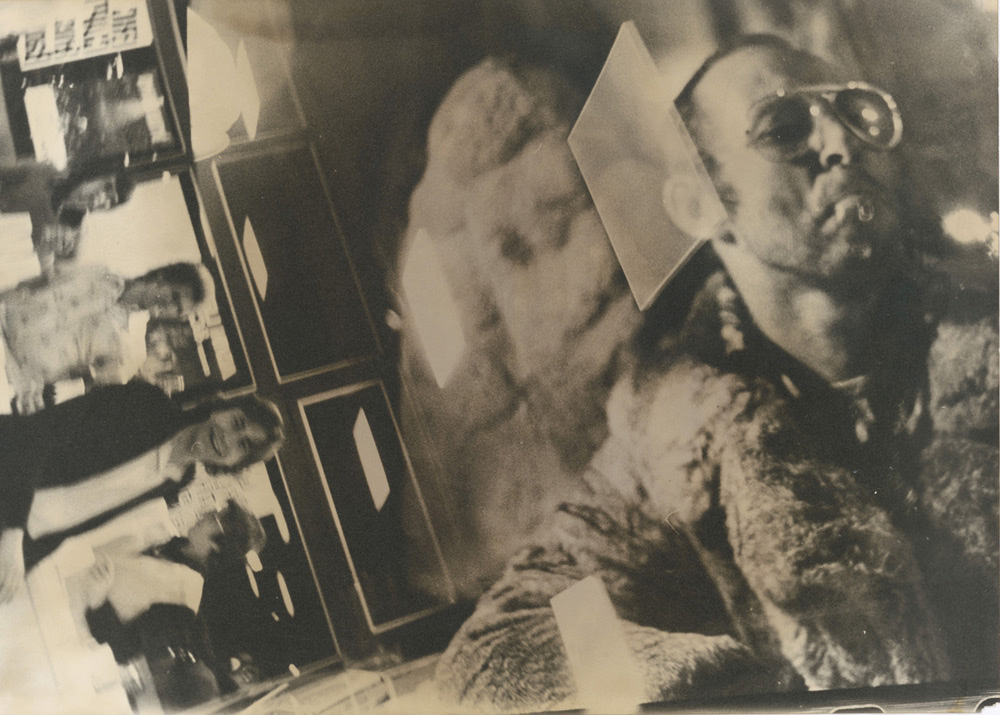ART-PRESENTATION: Sigmar Polke,Photographs 70-80
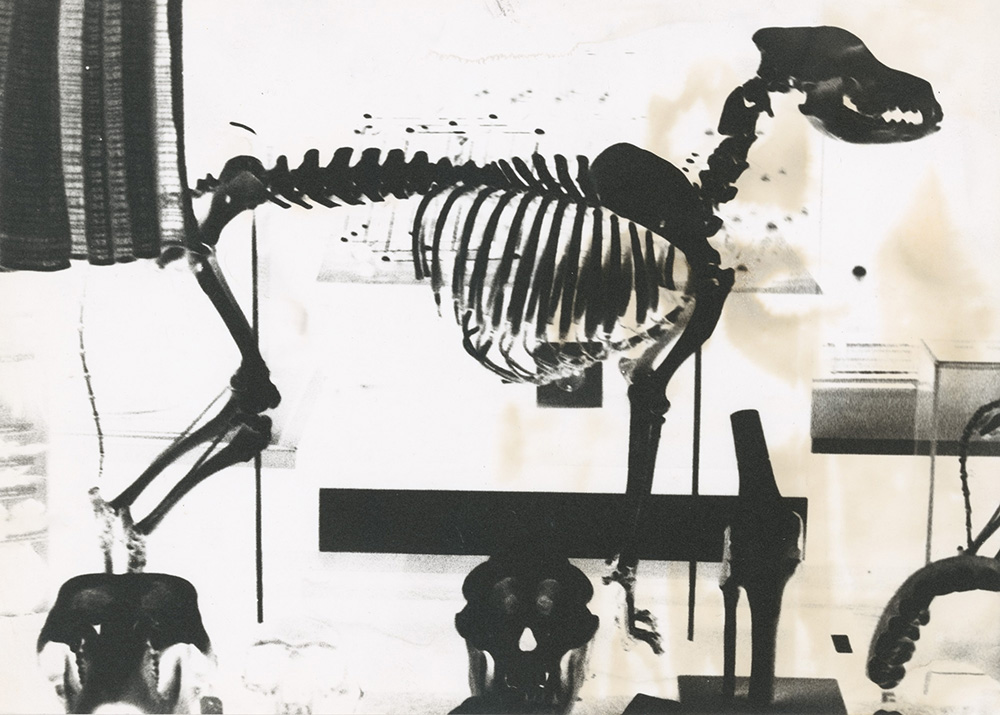 Sigmar Polke was one of the most voraciously experimental artists of the 20th Century. He worked with a unusually broad range of mediums during his five-decade career, including painting, photography, film, sculpture, drawing, printmaking, television, performance, and stained glass, as well as his constant, highly innovative blurring of the boundaries between these mediums.
Sigmar Polke was one of the most voraciously experimental artists of the 20th Century. He worked with a unusually broad range of mediums during his five-decade career, including painting, photography, film, sculpture, drawing, printmaking, television, performance, and stained glass, as well as his constant, highly innovative blurring of the boundaries between these mediums.
By Dimitris Lempesis
Photo: Museum Morsbroich Archive
Masquerading as many different artists, making cunning figurative paintings at one moment and abstract photographs the next, Sigmar Polke always eluded easy categorization. The exhibition “Sigmar Polke. Photographs 70-80” at Museum Morsbroich in Leverkusen presents an extensive ensemble of as yet unpublished photographs. The more than 500 photographs which Sigmar Polke took in the 1970s. Based on an extensive collection unpublished photographs, the exhibition shows Sigmar Polke as an artist of experimentation, as an alchemist of the darkroom and, incidentally, as a chronicler of the Rhineland art scene. In numerous photographs Sigmar Polke shows his personal environment: at home, first in Düsseldorf, since 1972 at the Gaspelshof in Willich, later in Cologne, sometimes in Hamburg and Zurich, at vernissages and on travels. Polke’s “Paris” series, were made between 1971 and 72, which marks the beginning of the artist’s adventures in exploring the various ways he could manipulate the medium, while painting temporarily took a back seat. The series was made during Polke’s first trip to the French capital, and is seeped with the romanticism of a young man in love. He printed the images under the influence of LSD, over and under-exposing the film, used expired chemicals, and overlapping images. The “Paris” series also launched the artist’s photographic accounts of his wanderlust, with some of his most important series created on his travels to Pakistan and Afghanistan in 1974. There, he captured bear fights and opium dens. Works from this journey were developed in three different ways: as regular prints, underlayed with another photo, or manipulated and then hand-painted with egg tempera inks and other paints. These are some of the most painterly works he produced in this medium. A special room and a chronological excursion into the 1980s are dedicated to a large group of photocopies in which Polke processed his own contribution to the 1986 Venice Biennale, at which he won the Golden Lion.
Info: Curators Georg Polke and Fritz Emslander, Museum Morsbroich, Leverkusen, Gustav-Heinemann-Strasse 80, Leverkusen, Duration: 27/5-2/9/18, Days & Hours: Tue-Wed & Fri-Sun 11:00-17:00, Thu 11:00-21:00, www.museum-morsbroich.de
